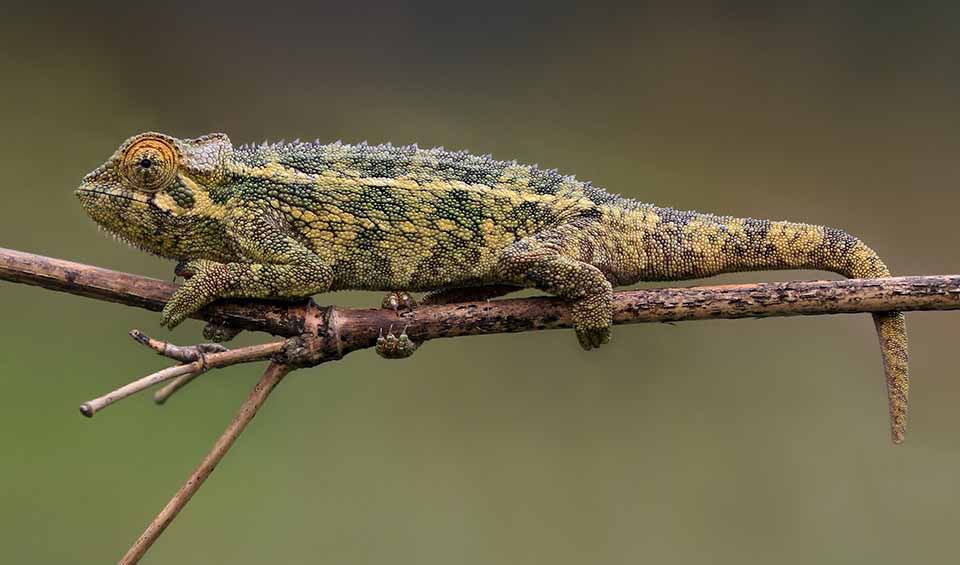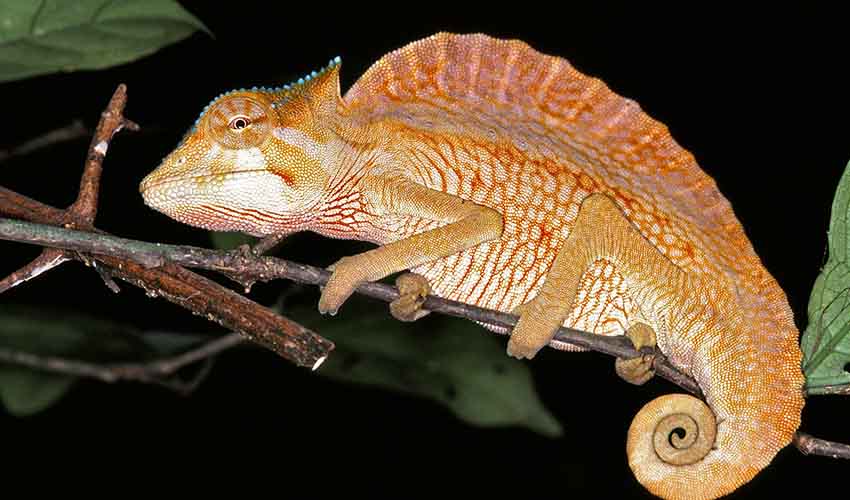Trioceros
Several species have one to three horns on their heads — like mini triceratops!
A fascinating group of chameleons known for their striking horns, elaborate crests, and remarkable ability to blend into their surroundings. These chameleons are often seen in mountain forests, woodlands, and highland areas, found mainly in East and Central Africa, especially in countries like Kenya, Tanzania, and Uganda. The name Trioceros means “three horns,” referring to the prominent horn-like projections that many of the males have on their heads—much like tiny, dragon-like creatures! One of the most well-known members is Trioceros jacksonii, or Jackson’s chameleon, which sports three distinct horns and a vibrant green body.
What makes Trioceros chameleons truly unique is their appearance and how it plays a role in communication and survival. Many of the species in this genus have rough, spiny scales, ridged crests along their backs, and vivid colors ranging from green and yellow to blue or brown, depending on their mood, health, and surroundings. While most people think chameleons change color to match their background, it’s more about signaling to other chameleons. A bright, flashy display might mean “stay away” or “I’m ready to mate,” while darker colors can signal stress or aggression. Their independently rotating eyes allow them to scan for predators or prey without moving their heads—perfect for a slow-moving ambush hunter.
Another remarkable feature of Trioceros chameleons is their tongue. These reptiles use a long, sticky tongue that shoots out faster than the blink of an eye to catch insects. Some tongues can be twice as long as their body, allowing them to strike from a distance with extreme accuracy. Their strong, grasping feet and prehensile tails help them move carefully and steadily through branches, often appearing completely still for long periods before suddenly snapping up a bug. They aren’t fast travelers, but their patience and stealth make them excellent hunters.
Species in this genus
Coarse chameleon
Not aggressive — but expressive!
Crested chameleon
Their tongue strike is one of the fastest actions in the animal world
Owen’s chameleon
Their slow-motion movements and calm temperament have earned them nickname like “leaf walkers”




